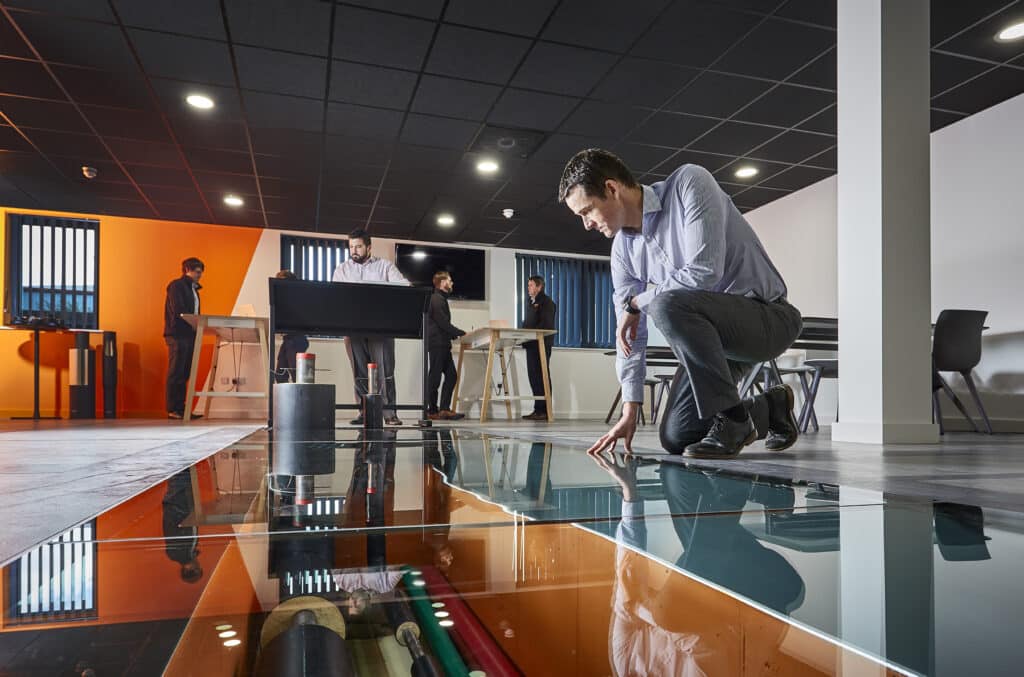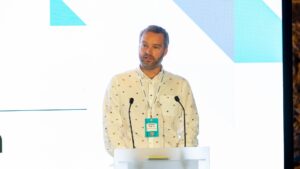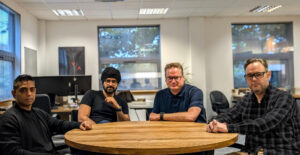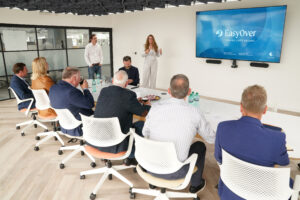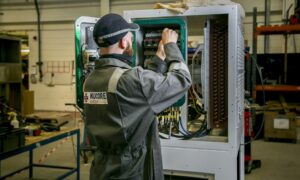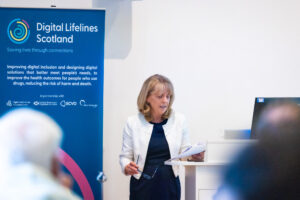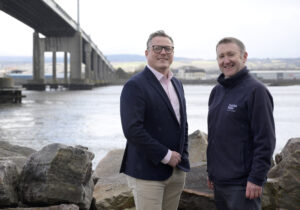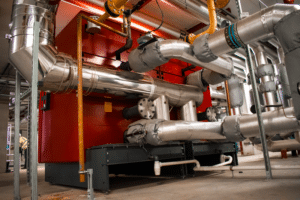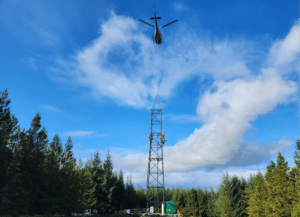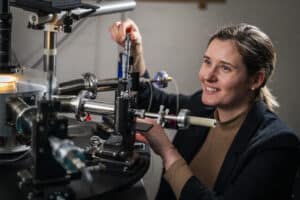Mike Cooke, Managing Director, Vital Energi
A recent report published by social media site and careers board LinkedIn found that the UK fared particularly badly in developing its green workforce compared to other nations.
The UK demand for green talent grew by 46% between 2023 and 2024, while the supply of candidates qualified in green skills grew by only 5.3%. The benefits for those with green skills in the job market are clear; in the UK, the hiring rate for candidates with green skills is 72% higher than the overall hiring rate.
There’s a significant cost to this skills gap. Research by financial services industry body and advocacy group, TheCityUK, suggests green skills shortages could come at an annual cost to the UK economy of £8.6 billion.
As an industry, we need to ensure we can deliver on our clients’ timetables of getting to net zero within the next decade and that means we must accelerate our efforts to develop the green workforce.
Meeting the demand for skilled workers in the UK requires innovative approaches to recruitment, training and development.
Of course, demand will vary across the country and the types of skills required will also vary. The big cities will need heat network engineers, offshore wind skills will be in high demand in Scotland and the east of England, and battery specialists might well find the Midlands their best bet for a job.
The transition to green energy is driving fundamental changes in the technologies being deployed. Looking ahead, we’ll continue to see the electrification of heat. We all know that in today’s world, that generally means we’re going to see a lot more heat pumps, be that water, air or ground source pumps. We’re now starting to see the deployment of large-scale electrode boilers, which are very fast reacting heat boilers using electricity, which will, in time, replace the gas boiler.
These technological shifts demand new skill sets, but they also create opportunities for career transitions from other sectors. We have individuals within our organisation that have come from a marine background, and today they run our plant producing energy from waste. One of our solar engineers used to be an events promoter in New Zealand, and now he designs and installs solar systems across the UK.
I believe the key to a successful transition isn’t necessarily previous experience in the sector, but rather the right attitude and transferable skills. It is very much about individuals who do want to make a difference and are willing to learn. It’s sad when I read a CV which hasn’t been tailored to demonstrate an overwhelming ambition or desire to work in a green sector job.
However, the sector faces significant challenges in meeting its recruitment needs. If we want to recruit in the region of 400 people, traditionally, we’ve seen recruitment fees of between five and 10,000 pounds a person, which adds up to a lot of money.
Vital is a dynamic, agile and expanding organisation and we find ourselves with dual challenges. We need to recruit talented and enthusiastic people who share our ambitions, but also to train the next generation of talent to continue our mission to reach net zero. To achieve this, we have invested heavily in our Net Zero Apprenticeships, but also by employing our own recruitment team and this direct approach to recruitment has proved much more successful than going through cold recruiters in the marketplace.
The wider industry is taking proactive steps to address these challenges through initiatives like training academies and climate education programmes. I’m immensely proud of our own work in this area, and as a former apprentice myself, I’m especially proud of our Net Zero apprenticeship programme and Emerging Business Leaders initiative. We’ve now worked with more than 20,000 students through our own Climate Education Programme.
I’d also like to praise the National Energy Skills Accelerator (NESA) which this year launched its pilot online tool, Energy Career Pathways. The platform aims to better communicate energy jobs and career pathways, by enabling individuals to visualise their own route into an energy career and highlight the different routes and training available.
In terms of inclusion and diversity, I’d highlight the pioneering work of the likes of the Diverse Heat Network and District Heating Divas, both of which we are involved with. These organisations are leading the drive to develop a diverse workforce and there is growing evidence their efforts are having an impact. In its 2024 State of the Nation report, POWERful Women, another professional initiative to create a gender-balanced, diverse and inclusive UK energy sector, reported that women now make up 34% of leadership roles in the UK energy sector and occupy 32% of middle management positions.
Working with government and industry in the Heat Networks Industry Council (HeatNIC) we are
looking at how we can encourage more people from all walks of life to join the industry. To that end, we will be launching a series of short films in the new year that demonstrate the different pathways into the energy industry and showing that there’s a wide range of roles available, from marketing and finance through to project operation. You don’t have to be an engineer to be a part of the green skills workforce.
These programmes are not only developing the next generation of green energy professionals but also raising awareness about sustainability among younger people.
We need everyone to come on our journey to see that what we’re doing is having a hugely positive impact on the planet and a hugely positive impact on our communities where we’re creating wealth and jobs and providing social value.
The message is clear: the green revolution needs skilled workers from all backgrounds who are passionate about making a difference. The opportunities are there – the challenge now is ensuring we have the workforce to seize them.
Read this article in the wild at Electrical Review

